The complex nature of grooming and abuse is often simplified by those who do not understand it and are left wondering why the victim allowed it to happen. A Guilty Victim challenges that misconception and explains how and why abuse continues and the impact it leaves on the victim’s life. It explains that we remain trapped in situations not because there is something wrong with us, but because of things that have happened to us.
It is unusual to have permission to be able to illustrate the process of psychotherapy in action. William Smith bravely suggested his story be told to help at-risk children by showing adults how to recognise the warning signs in children’s behaviour. His long journey to recovery is also an inspiration to others struggling to come to terms with childhood trauma.
The book is presented in five parts. The first details the start of William’s psychotherapy. Part II takes us back to William’s childhood, a time of traumatic experiences, culminating in him being sent away from England to a Catholic boarding school in Ireland where a priest exploits his vulnerability. Part III continues his life story past school to a life dominated by work and heavy drinking, and marked by his first suicide attempt. His fortunes change when he meets Meg and finds some stability. Years later, when his youngest child leaves home and he has time on his hands, his suicidal feelings return. It is at this point he starts psychotherapy. The penultimate part focuses on William’s creativity and his innovative illustrated timeline of his life. This creative project is a key part of his recovery. Once that is completed, his psychotherapy starts to come to an end, which is the final part of the book.
A Guilty Victim is a human story that will appeal to anyone with an interest in understanding trauma, psychotherapy, wellness and mental health. It is especially relevant to people with responsibility for safeguarding children and vulnerable people. It is a counter to a market saturated by vignettes, fictionalised stories, and life hacks.
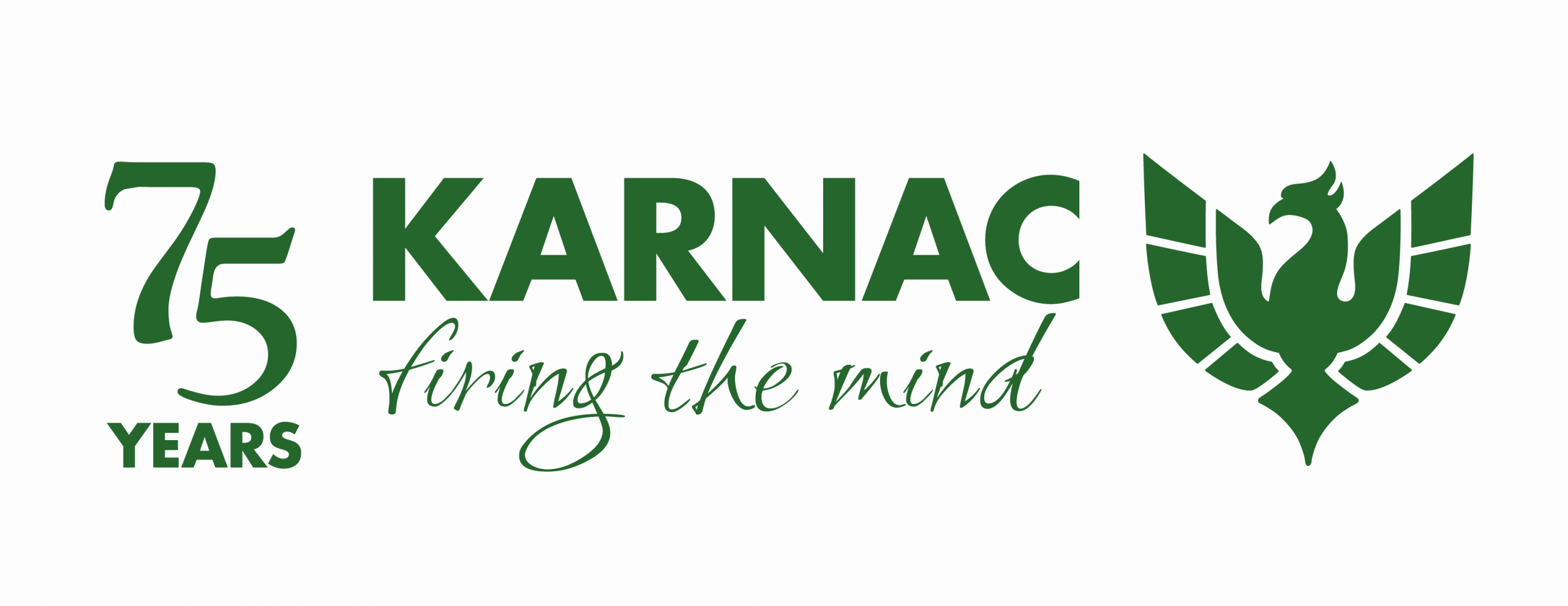

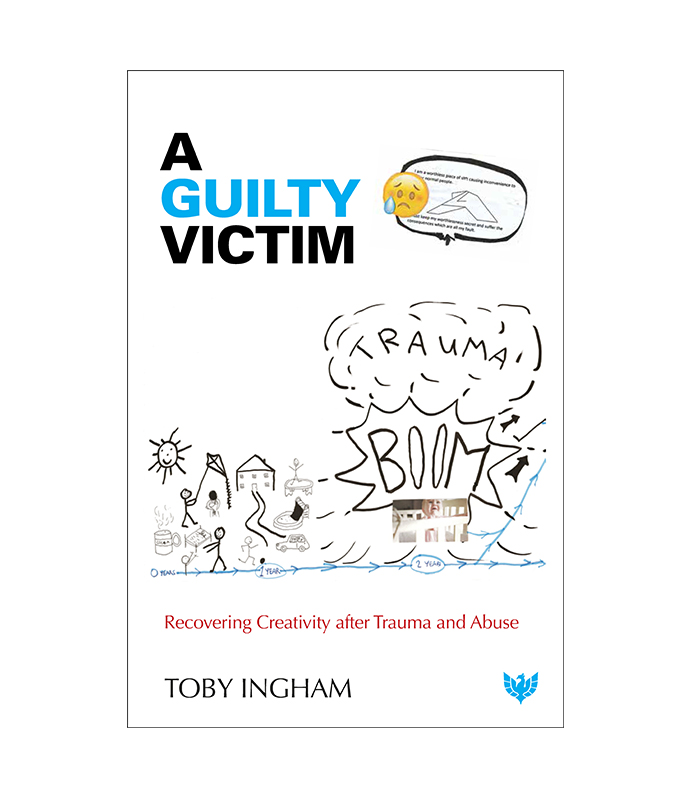

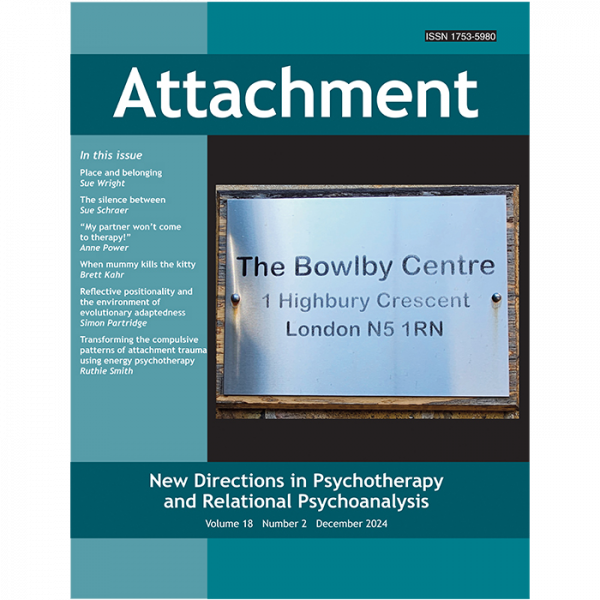

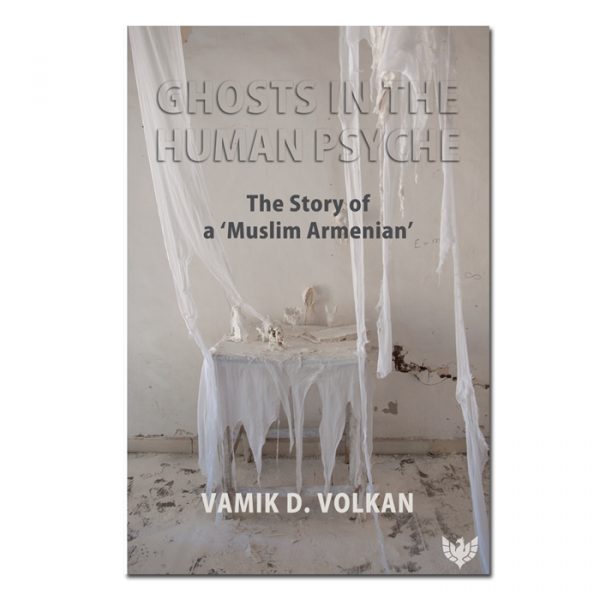
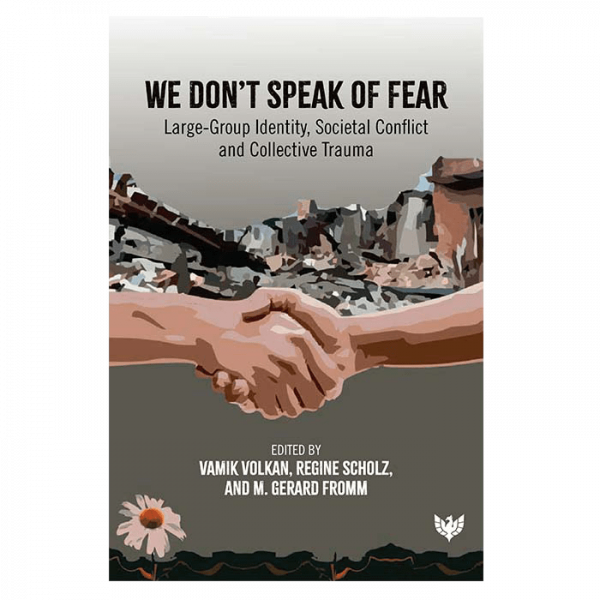
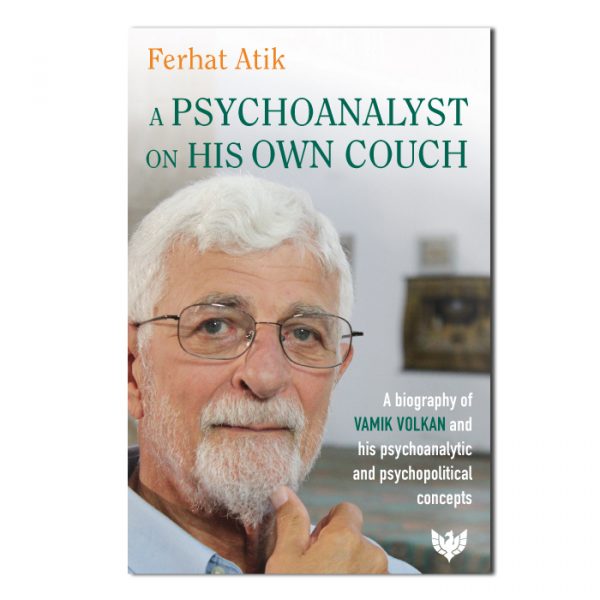
Laurence Spurling, psychoanalytic psychotherapist, senior member of the British Psychotherapy Foundation –
‘Toby Ingham has written an extraordinary book, part case study and part novel. The author is a psychotherapist and has written, with his patient’s active help and participation, an account of the therapy, charting the ups and downs, the dramas, misunderstandings and bursts of connection and understanding in the therapeutic relationship. Interspersed with the history of the therapy, the author becomes a novelist and recreates scenes from his patient’s life, telling stories of suffering and abuse but also of his patient finding some peace and understanding. The book shows how creativity is linked to courage, showing how if pain and trauma can be faced, then our lives can be transformed.’
Alex Renton, journalist and author of Stiff Upper Lip: Secrets, Crimes and the Schooling of a Ruling Class –
‘Moving and absolutely gripping. Toby Ingham is an Oliver Sacks, an expert in the workings of the human mind with the writerly skill to turn painstaking clinical practice into compulsively readable narrative. This book is the story of the rescue, against all the odds, of a desperately damaged person; of a triumph of good over evil: it will be a resource and a balm for all who suffered neglect, abuse, and other traumas as children in Britain’s residential care systems.’
Anthony Stadlen, Daseinsanalyst, convenor of Inner Circle Seminars, senior member of the British Psychotherapy Foundation –
‘This marvellous book grew from a form of “Bayeux tapestry” created by a client, “William”, to illustrate and demystify the experiences he was recounting in his therapy with Toby Ingham. This healing artistic quest inspired William to invite Ingham to write an account of the therapy to help others. After decades of researching paradigmatic case histories of psychotherapy from Freud onward, I had reached the conclusion that they should be written by clients, not by therapists. But this book shows an even better way: true to this therapy, it is a collaboration, client-led. Toby Ingham and William have created a masterpiece, deserving an honoured place in the history of psychotherapeutic case studies.’
5 star Amazon review –
‘This is a gripping book which I devoured over 2 days. It is an emotional rollercoaster … This book must be on the reading list for social workers, teachers, in fact anyone who has dealings with young vulnerable people. It is a real insight into grooming and the devastating effects this has on a person.’
5 star Amazon review –
‘I thought this was exceptional. Beautiful, and original in its approach, similar to a novel or a two-hander play. Whether you are interested in psychotherapy, have personal experience of trauma, or are moved by absorbing personal stories, this is a book I would recommend adding to your reading list.’
Caroline Barton, 5 star GoodReads review –
‘This is the real case of one man’s journey through therapy. It’s beautifully conveyed, and totally absorbing. Poignant and troubling at times, it’s also uplifting and unlocks some of the mystique of therapy for the layperson. I feel it has definitely given me more insight, and lots to think about. Highly recommended.’
Leo Bloom, 5 star GoodReads review –
‘This is an unusually interesting book about psychotherapy in action with an adult survivor of childhood sexual abuse. I found it gripping and very moving and it gave me a real insight into the process of psychotherapy in action. At times it reads almost like a novel. I think anyone with an interest in safeguarding vulnerable people, or anyone involved in counselling and psychotherapy will find it a rewarding read.’
Alice Mary, 5 star GoodReads review –
‘Incredible read, touching and emotional, looking forward to seeing what Toby does next!’
Holly Lightly, 5 star Amazon review –
‘A wonderful story of recovery. Incredibly moving, such an important read it showed me psychotherapy in action and really explains how grooming and abuse works’
S C Russell, 5 star Amazon review –
‘Very well written book on coming to terms with and overcoming abuse’
Louis King, 5 star Amazon review –
‘A Guilty Victim is a powerful, empathetic exploration of trauma and healing. Toby Ingham guides us through William’s story with remarkable sensitivity, showing how creativity and therapy can help rebuild a life shattered by abuse. The writing is honest, the journey deeply human, and the emotional impact lasting. A beautifully told testament to resilience and the quiet strength of recovery.’
Keisha Barker, 5 star Amazon review –
‘This book came highly recommended to me and rightly so. Thank you’
Louis, 5 star Goodreads review –
‘Ingham blends psychological insight with a storyteller’s touch, making complex emotional experiences feel both accessible and deeply personal. William’s journey is told with honesty and dignity, and the inclusion of his artwork brings an added emotional depth. A must-read for anyone interested in the human capacity to recover and grow.’